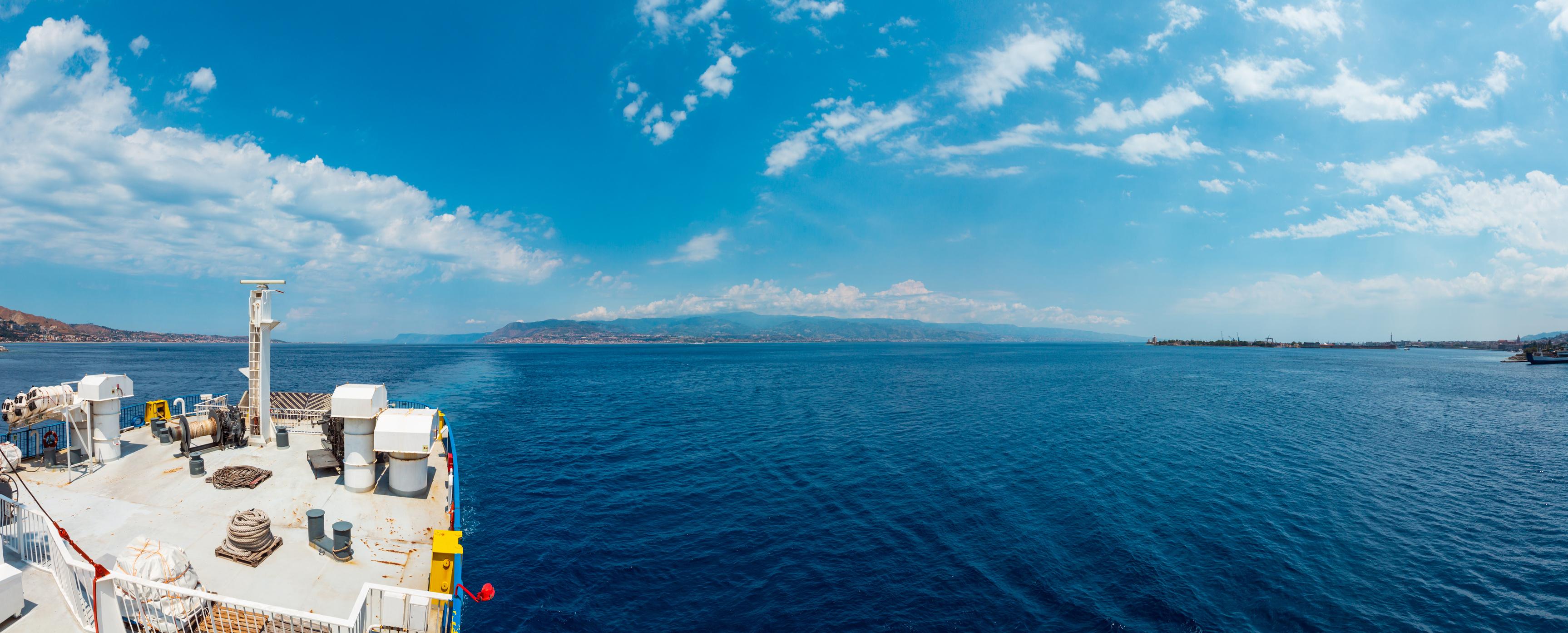
1 minute read
Building the Bridge to SicilyBreaking Ground Soon?
from ATLANTIS PARADISE ISLAND ANNOUNCES THE OPENING OF PARANZA, A NEW RESTAURANT HELMED BY MICHELIN-STARR
There have been recent developments in the proposed construction of a bridge linking the Italian mainland to the island of Sicily. An Italian consortium, led by construction company Webuild, is reportedly the frontrunner to win the contract to build the bridge, which is estimated to cost between €6 and €10 billion.
The Webuild consortium, which includes the Italian construction firms Salini Impregilo and Fincantieri Infrastructure, has significant experience in building large-scale infrastructure projects, such as bridges and tunnels. The consortium has reportedly submitted a proposal that includes a suspension bridge design, similar to the iconic Golden Gate Bridge in San Francisco.
If the Webuild consortium is awarded the contract, construction of the bridge is expected to take around a decade to complete. The proposed bridge would span approximately 3.5 miles (5.6 kilometers) of water at its narrowest point, between the Sicilian city of Messina and the Italian mainland city of Villa San Giovanni
Proponents of the bridge argue that it would have numerous benefits, including reducing travel time between Sicily and mainland Italy, improving connectivity between the two regions, and creating jobs during the construction phase. They also believe that the bridge would boost tourism in Sicily and help stimulate economic growth in the region.
However, opponents of the project have raised concerns about the potential environmental impact of the bridge, particularly on the sensitive marine ecosystem in the Strait of Messina. The Strait is home to a variety of marine life, including dolphins, whales, and turtles, and it is an important migration route for several species. Environmental groups fear that the construction and maintenance of the bridge could disrupt this ecosystem, causing irreparable damage to the local biodiversity.
There are also concerns about the seismic risk of the bridge, given that the area is prone to earthquakes. The bridge would need to be designed and built to withstand the high seismic activity in the region, which would add significant costs to the project.
The decision to award the contract for the bridge construction is expected to be made in the coming months, following a review of the proposals submitted by the various bidders. While the bridge to Sicily remains a controversial and ambitious project, it has the potential to significantly improve transportation infrastructure and economic growth in the region, if built responsibly and sustainably.











